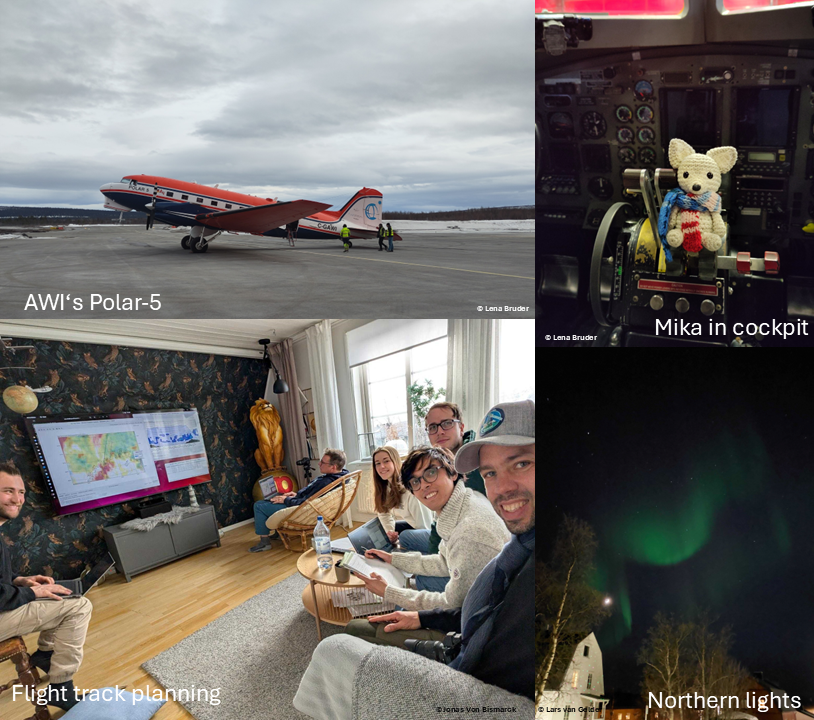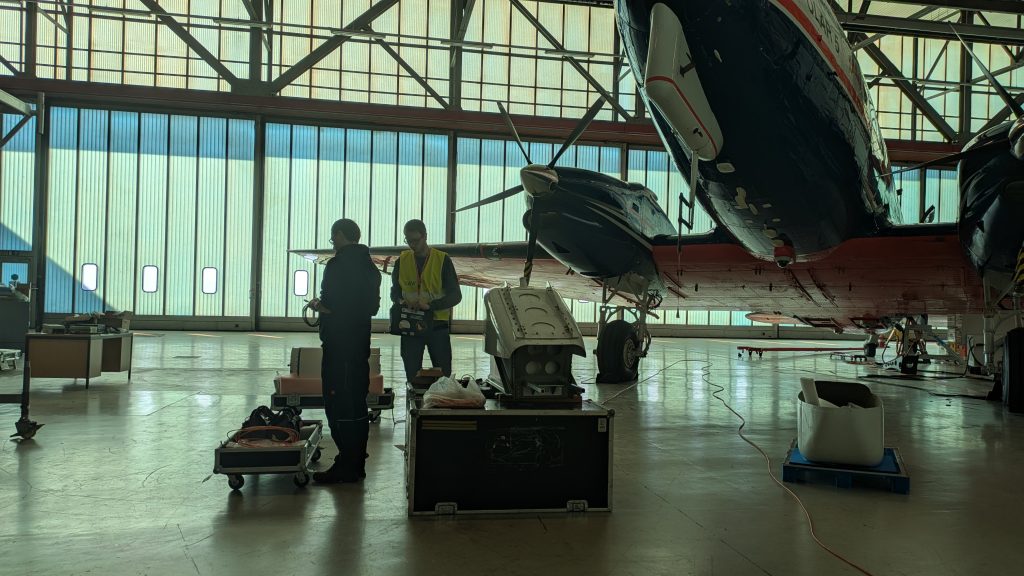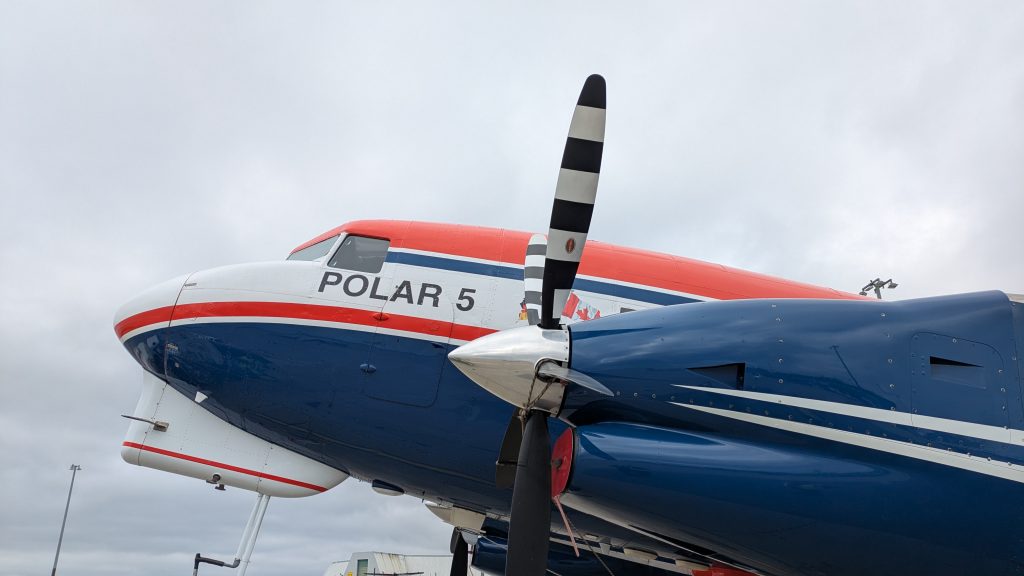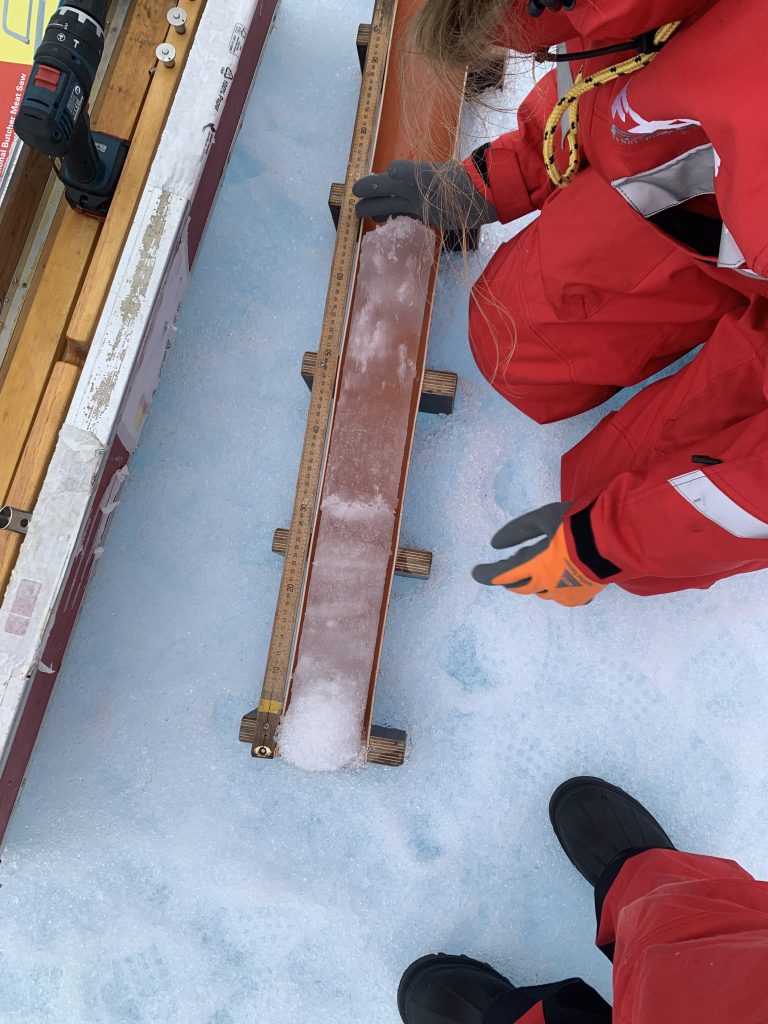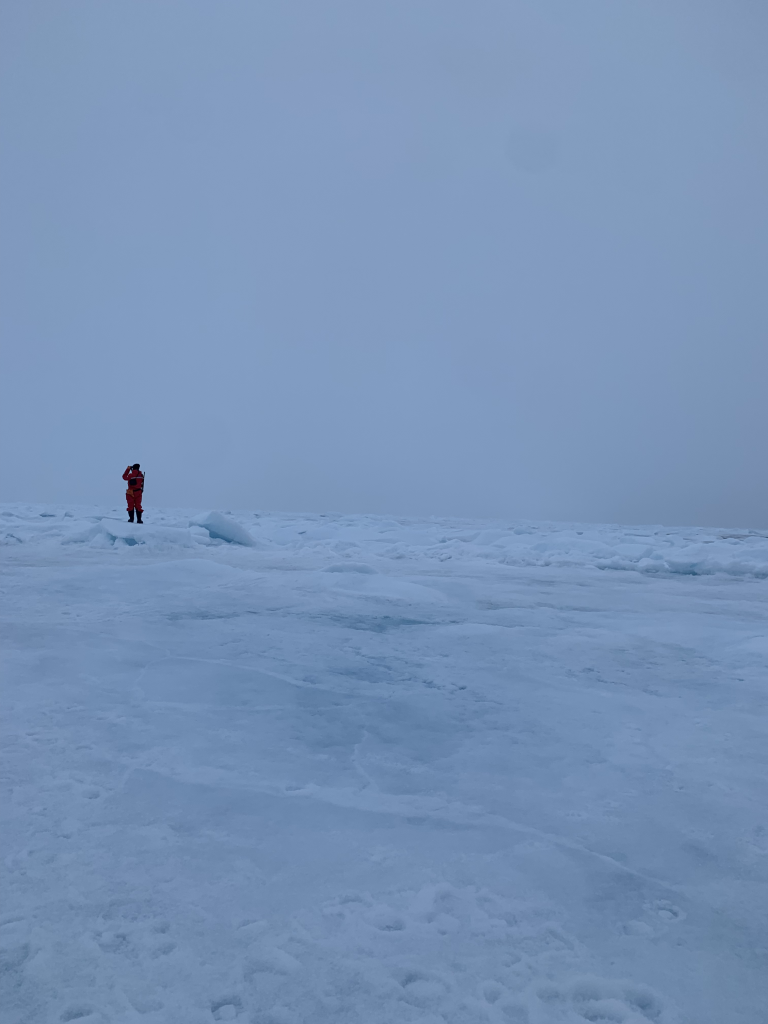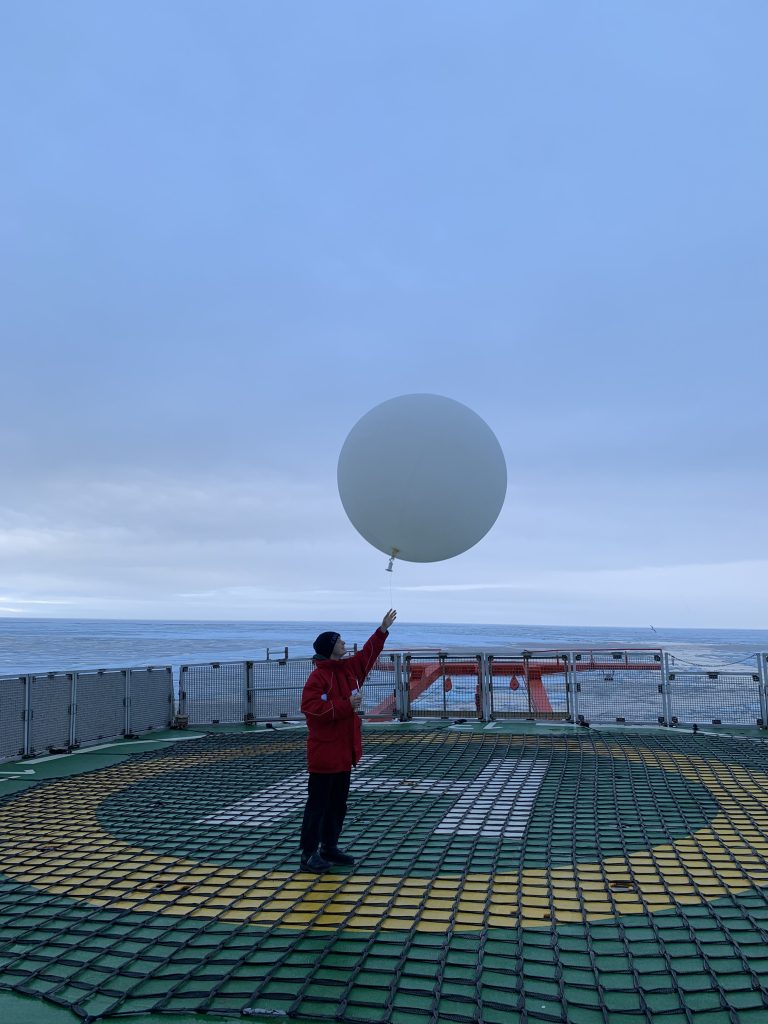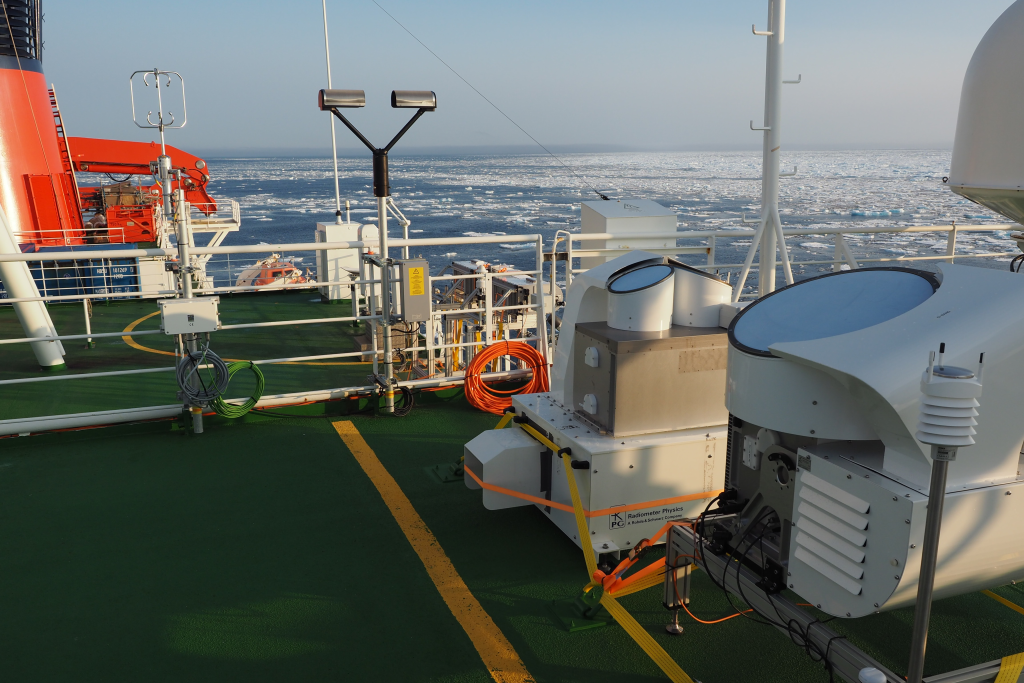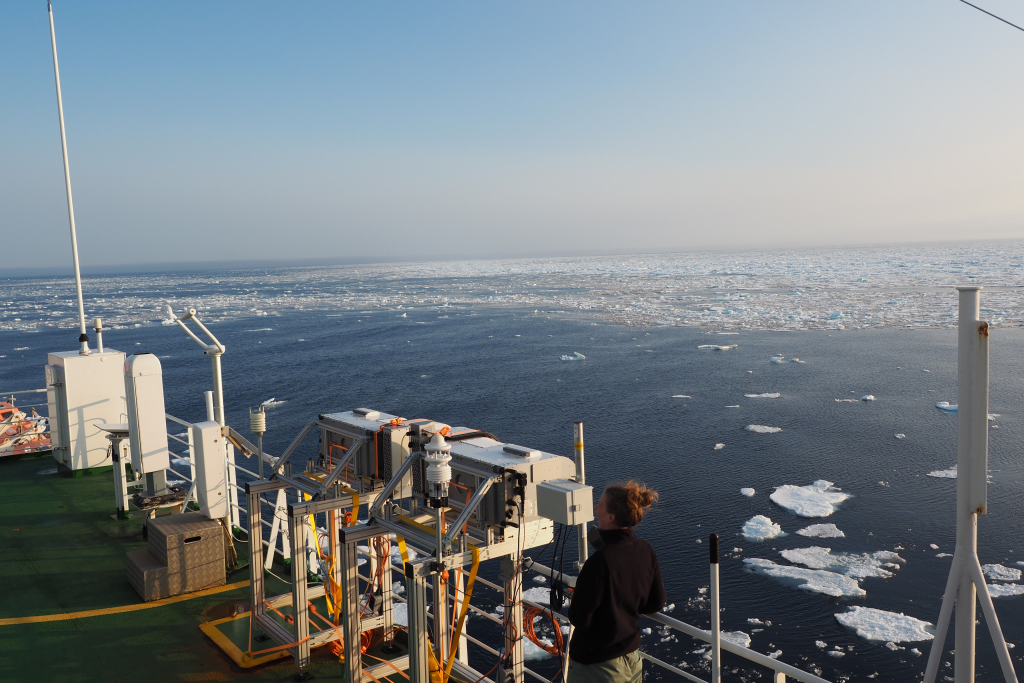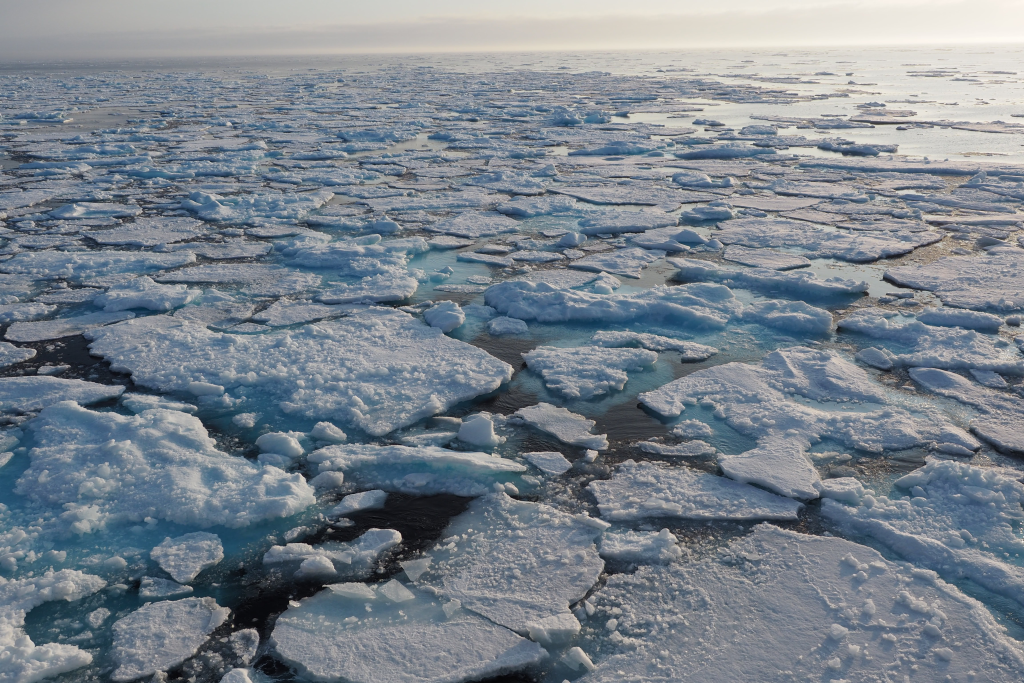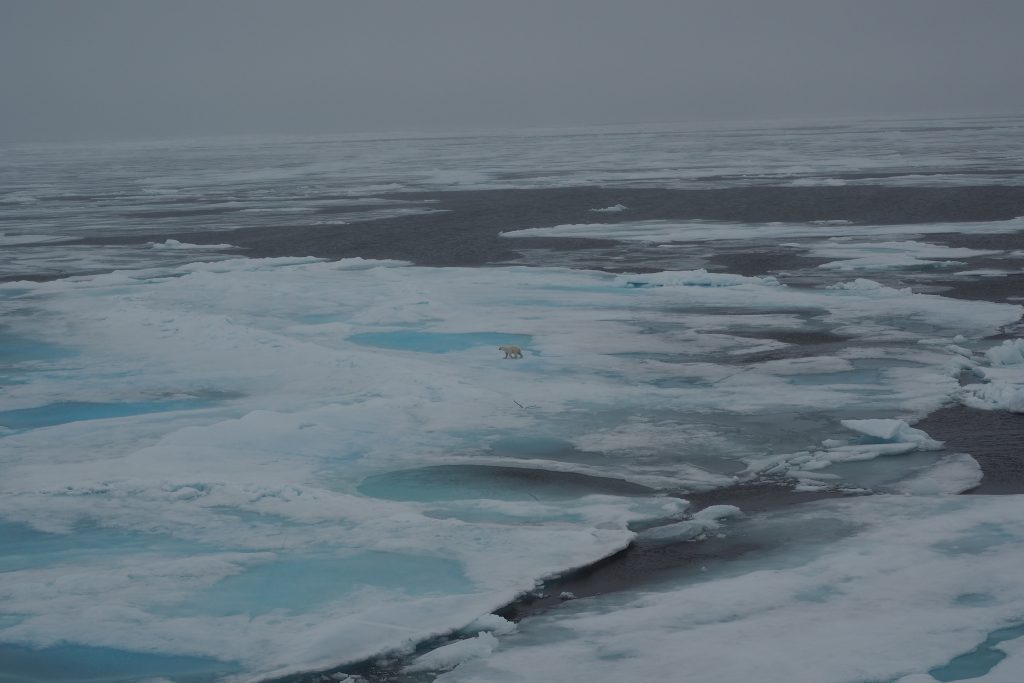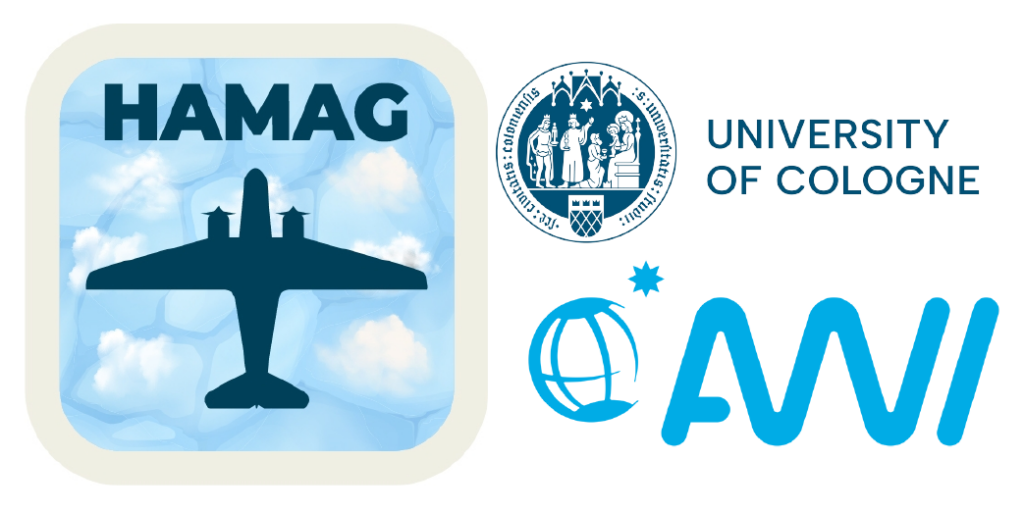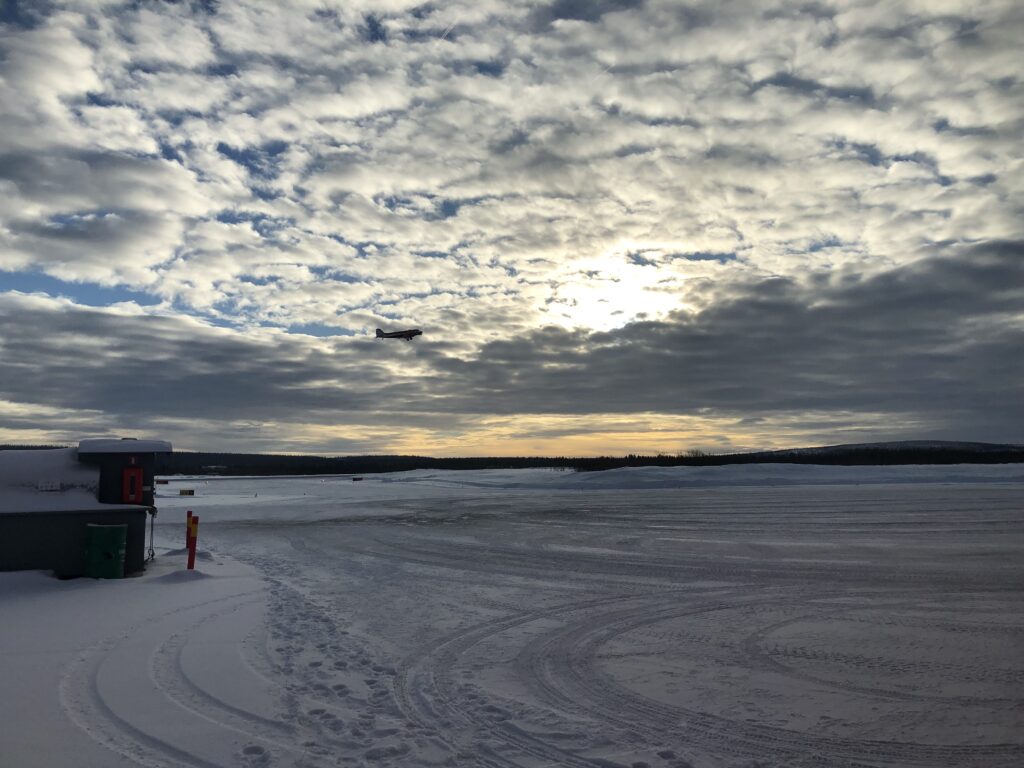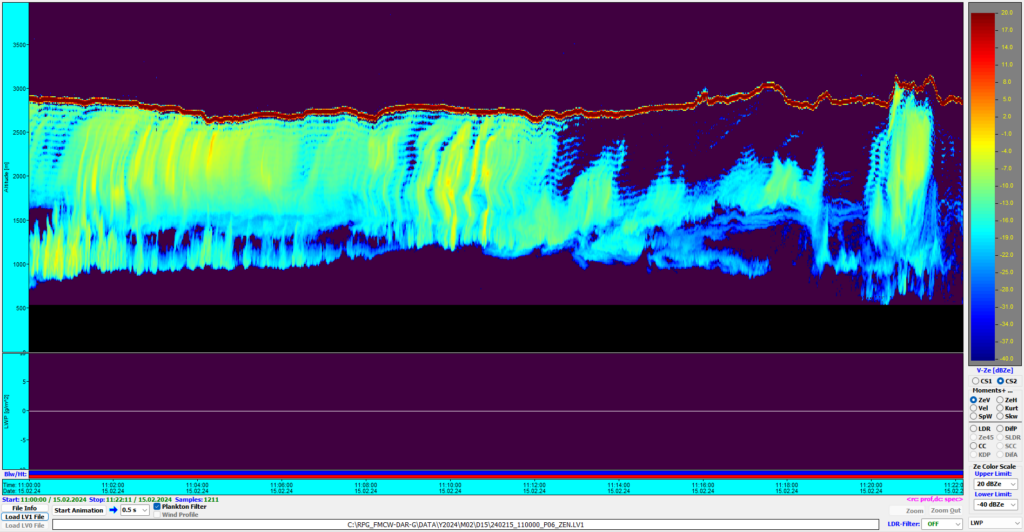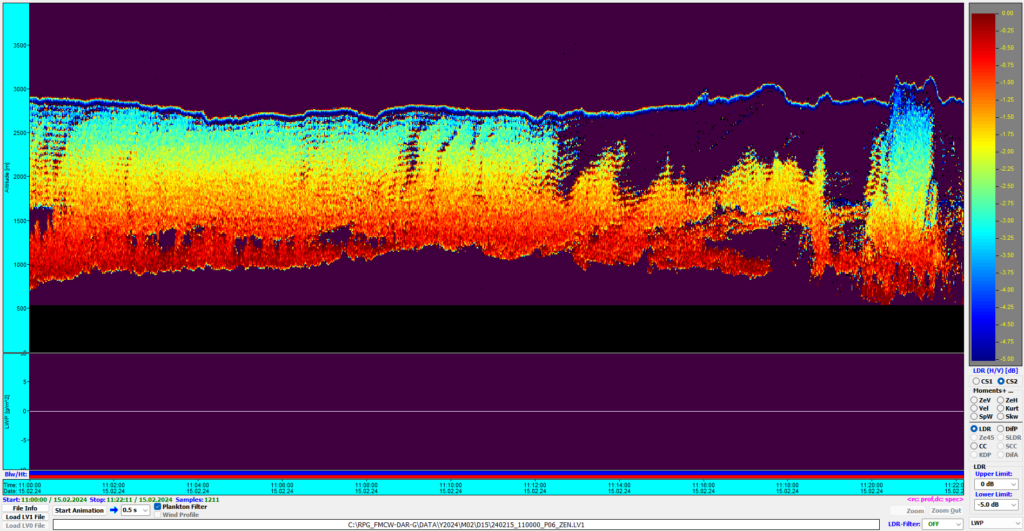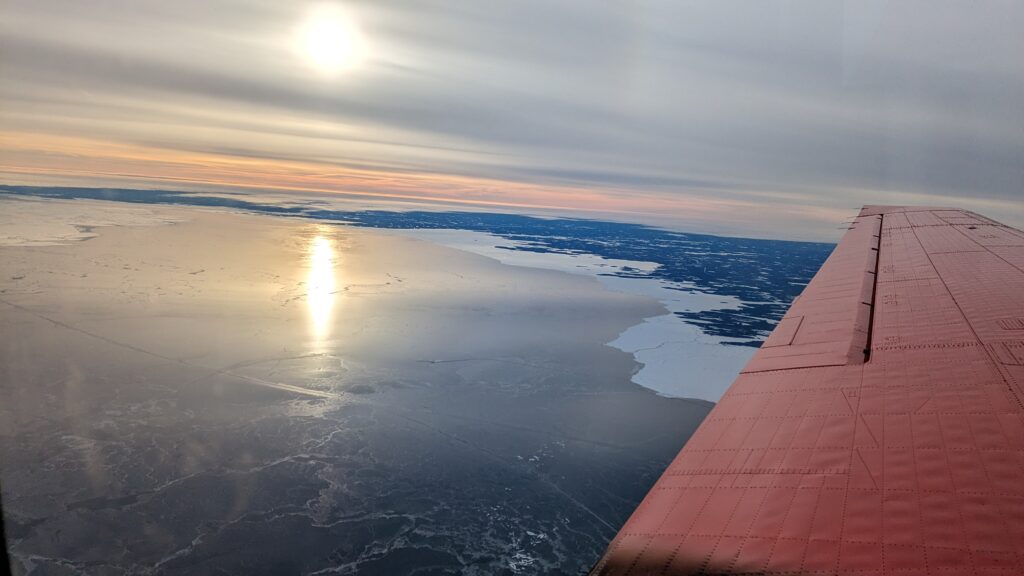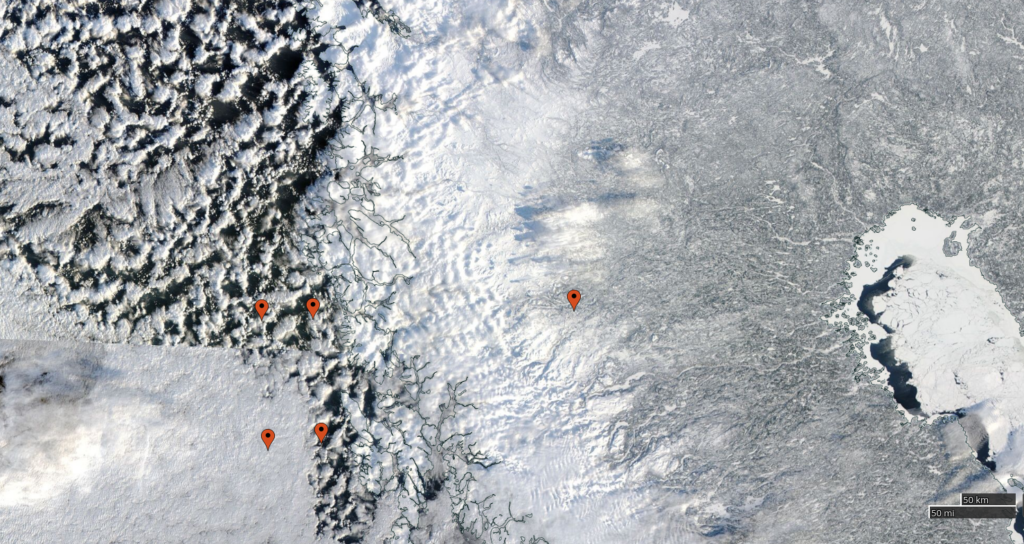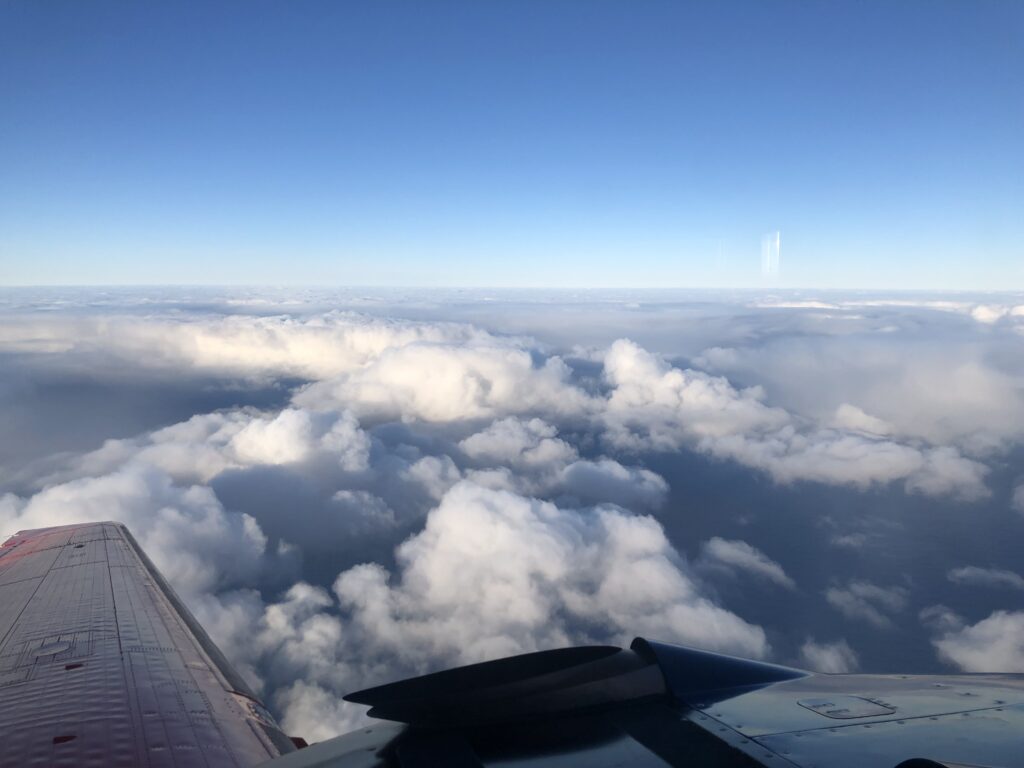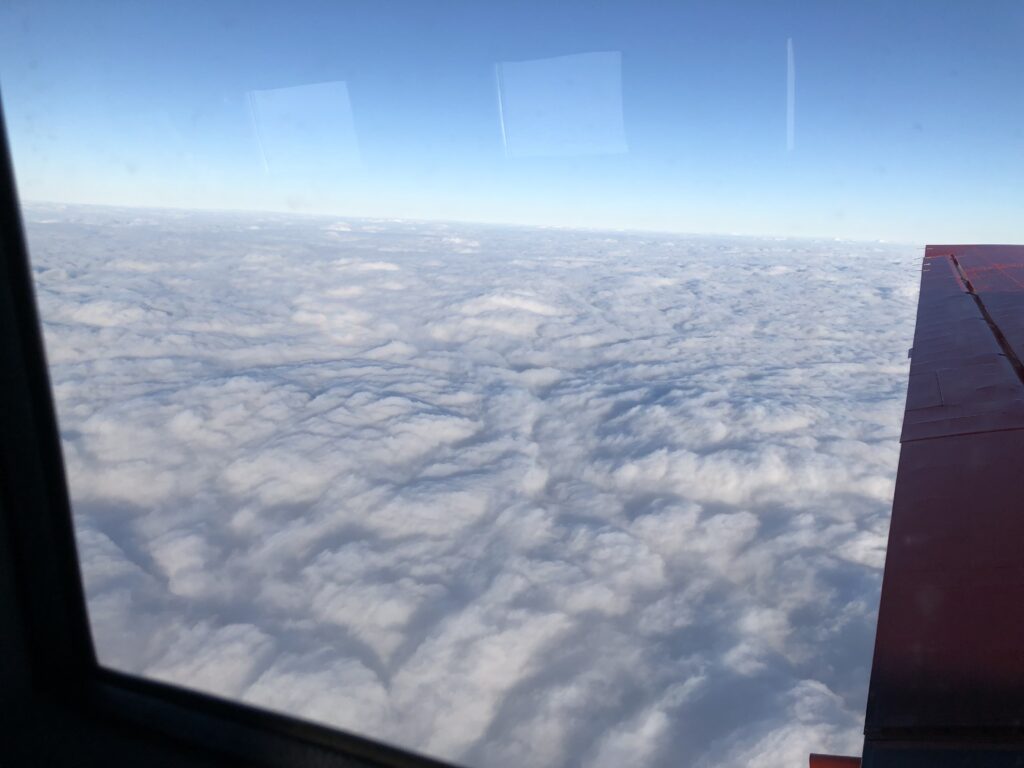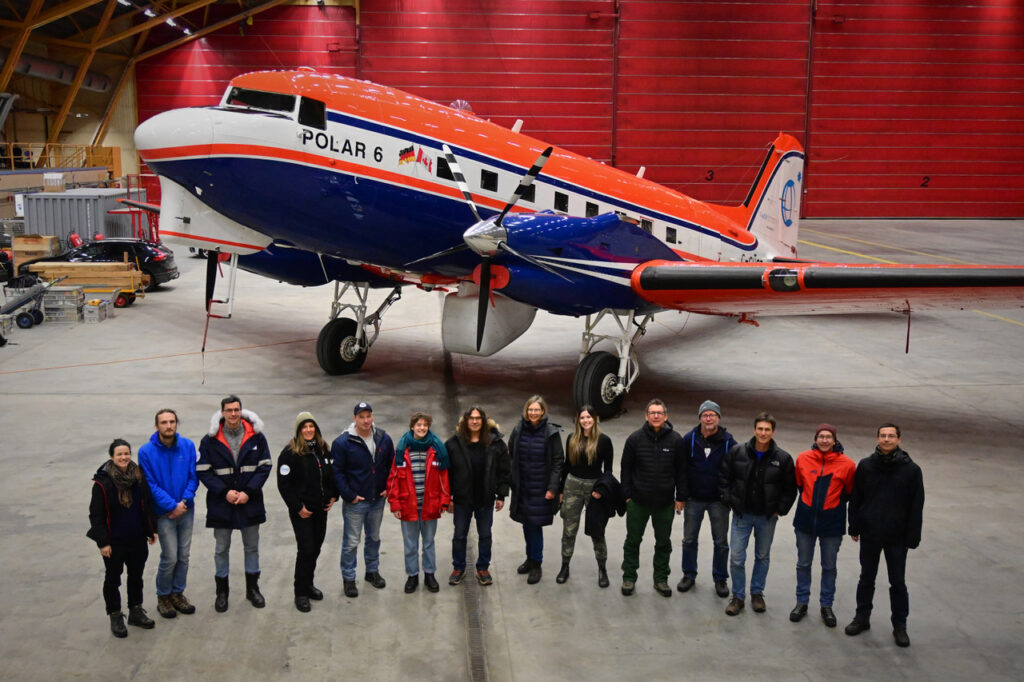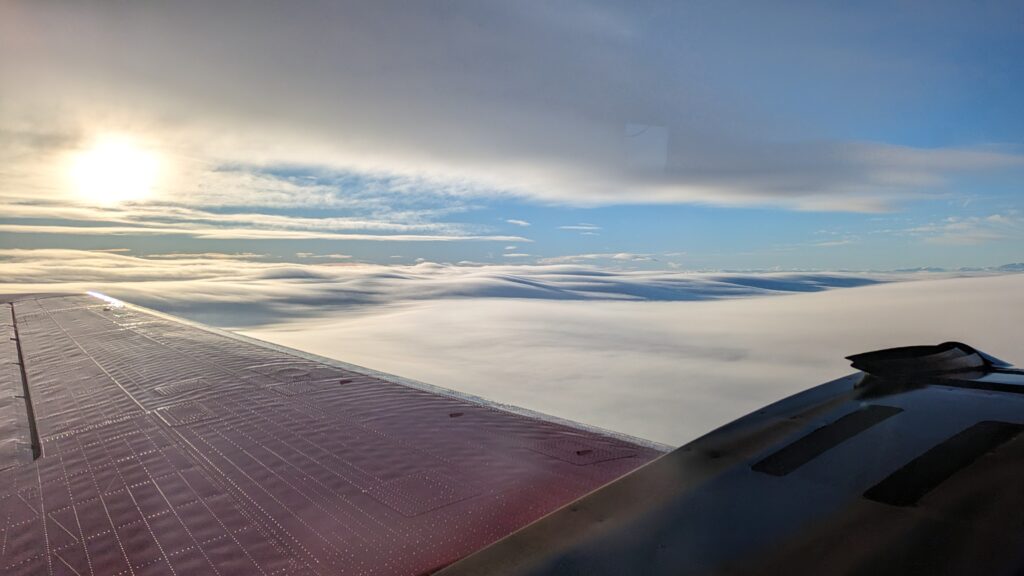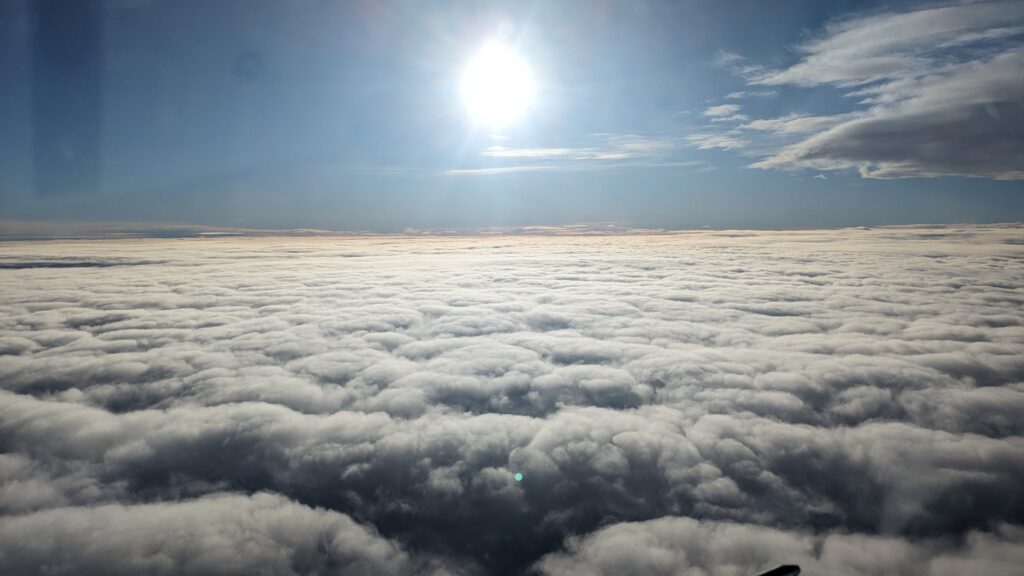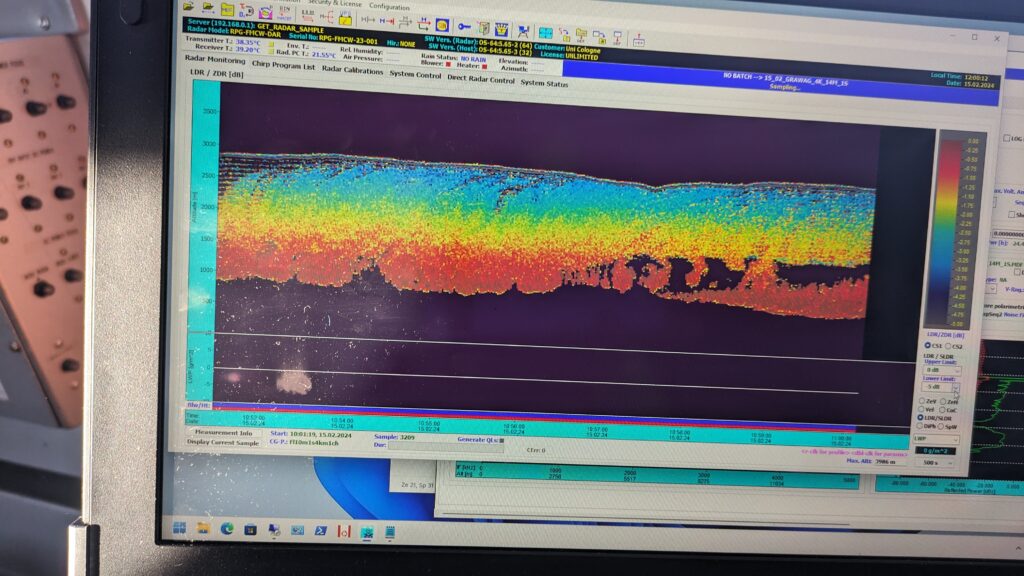After we arrived in Kiruna yesterday and were greeted with polar lights, today our research aircraft Polar 5 has landed – ready to begin the COMPEX-EC campaign! Over the next two weeks, we will conduct research flights, focusing on cloud analysis in connection with the recently launched EarthCARE satellite.
With all participants and equipment in place, flight planning is already in full swing. Using the mission support system (MSS), we are mapping out possible flight paths on a large screen. One of our key challenges? Aligning our flight tracks with the EarthCARE satellite’s orbit to ensure at least 30 minutes of overlapping observations. This requires precise coordination — timing is everything.
Another critical factor is the weather. We are analyzing weather maps to identify optimal conditions for our flights. Especially cloud coverage and wind play a role in deciding when and where we can fly. Together with Jonas from ESA, we have already had an extensive weather briefing, and the forecasts look promising for our first flight, expected to take place this Friday.
Our (AC)³ mascot, Arctic fox Mika, could also hardly wait to see Polar 5 land here. With big eyes, he watched with us as the research aircraft was maneuvered into the hangar and, of course, made sure that everything went smoothly when the luggage was removed.
Of course, we also took a look inside the cockpit with him.
He is really looking forward to this time and hopes to discover and experience a lot more.
Exciting days lie ahead— stay tuned as we share our experiences, flight updates, and first results right here on the blog!
